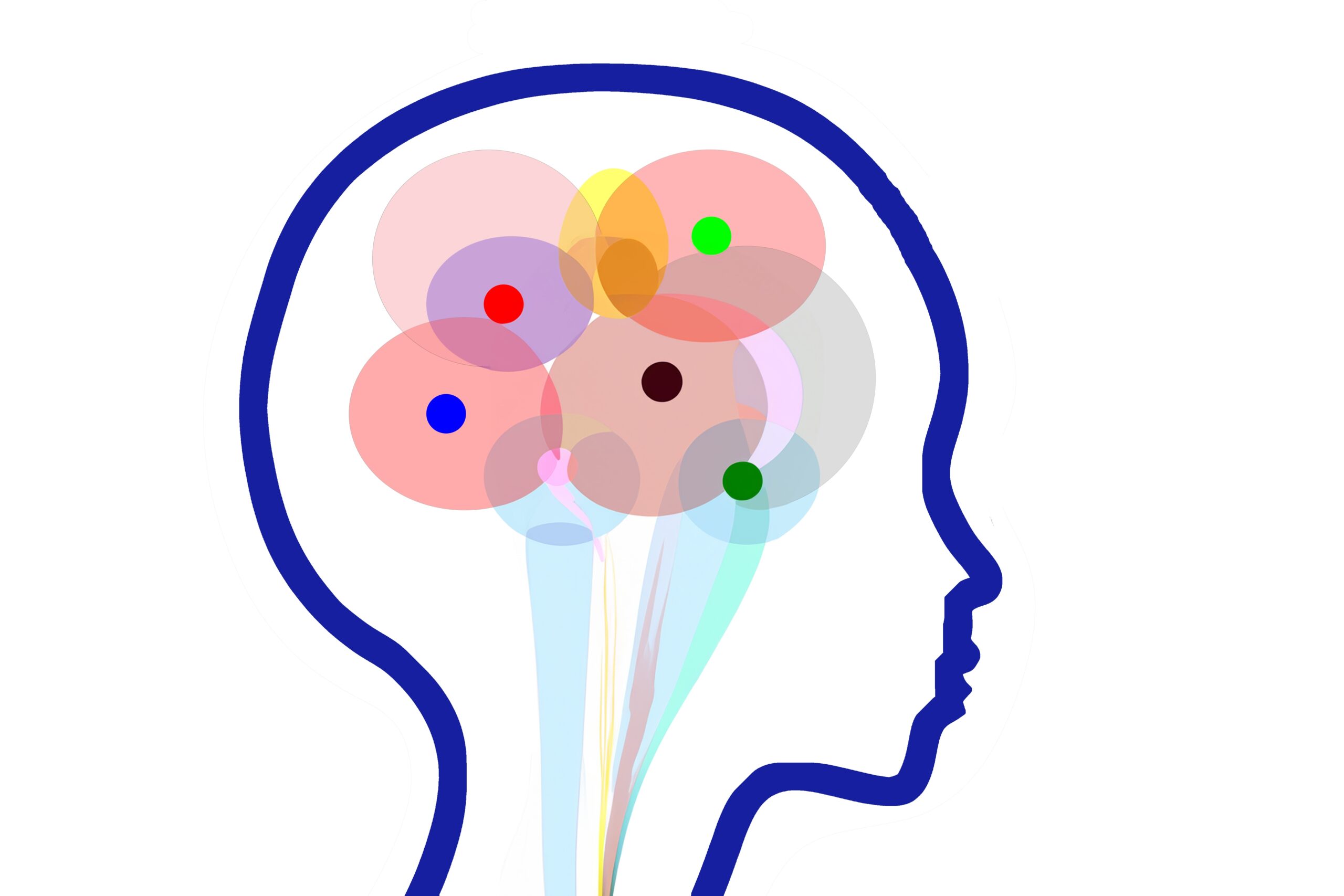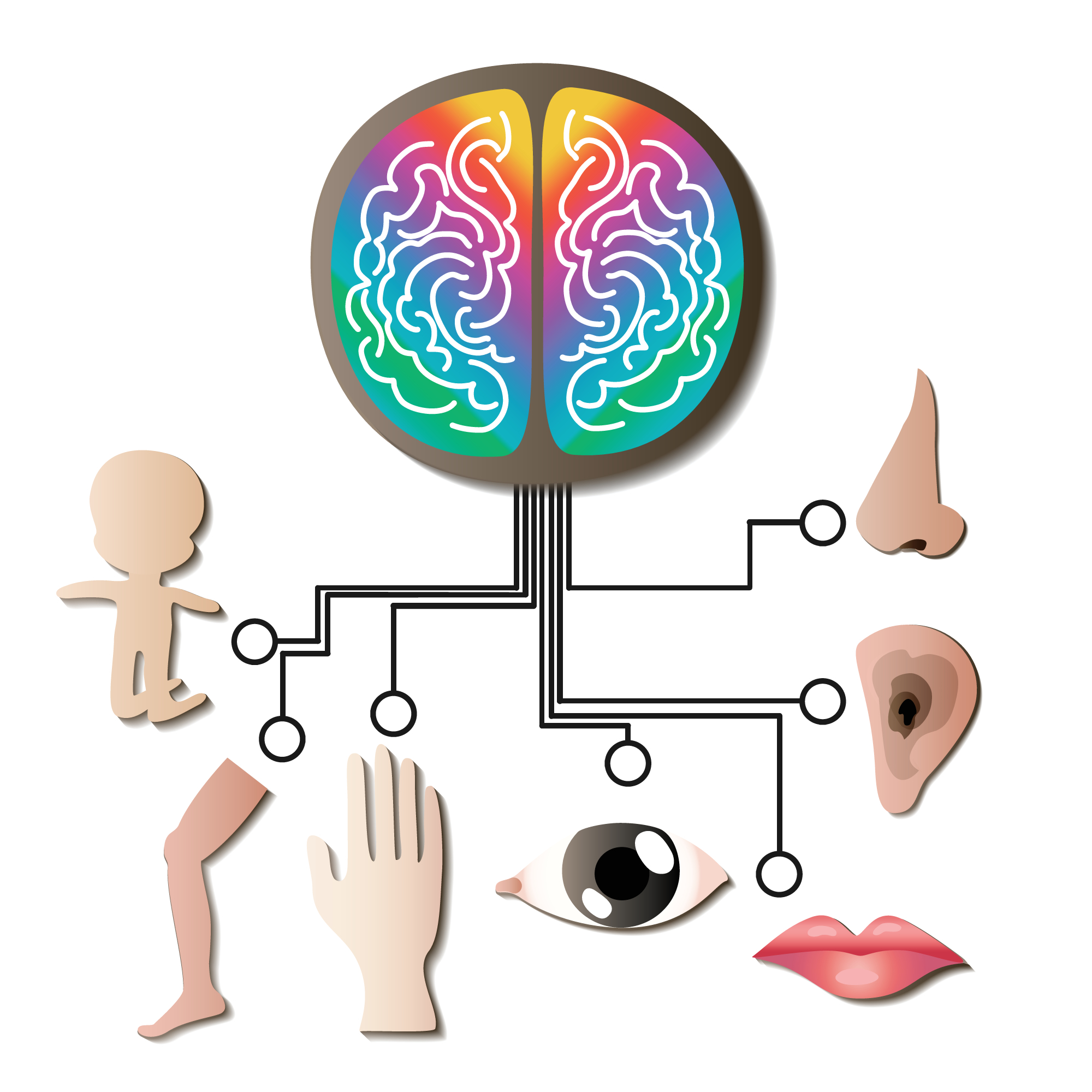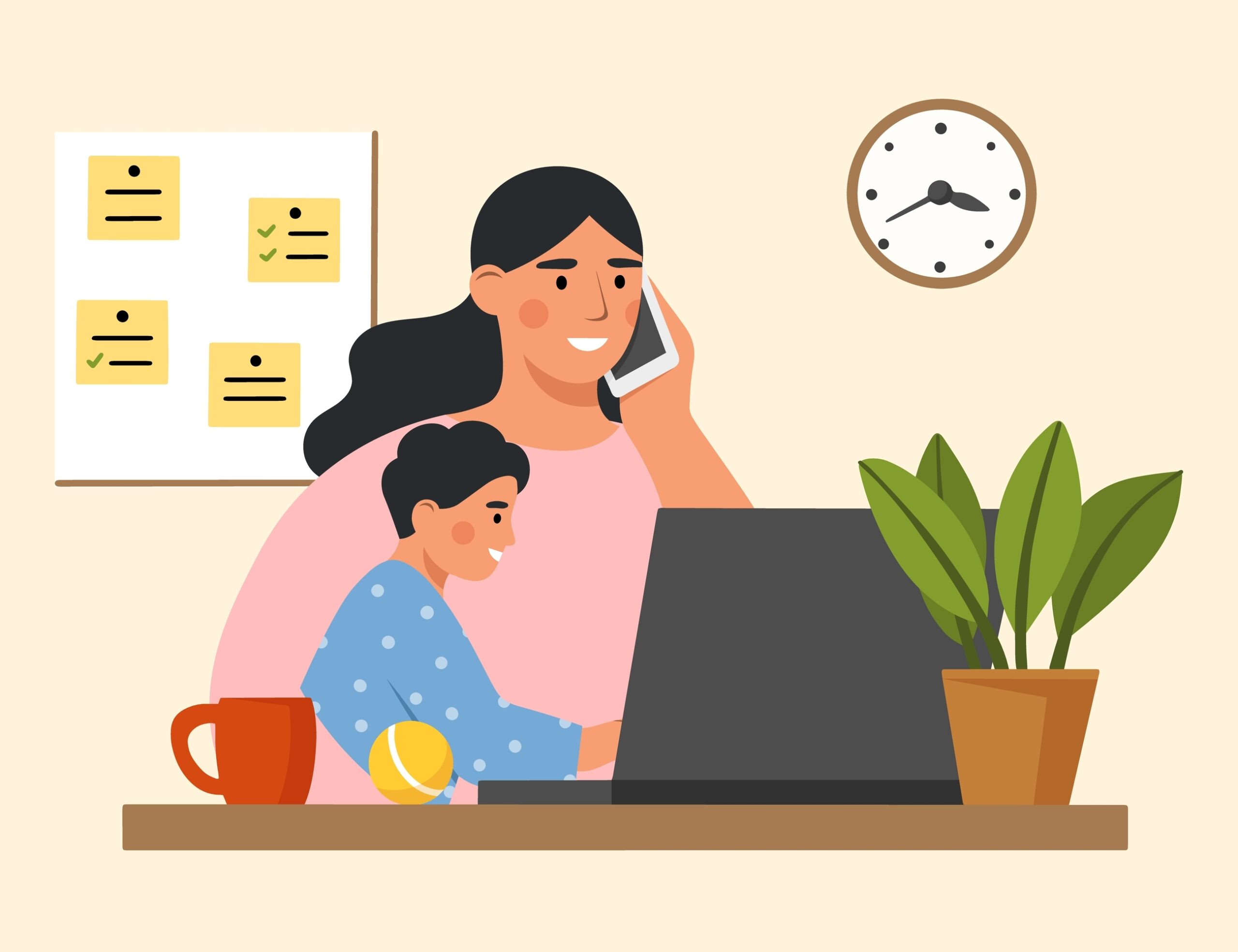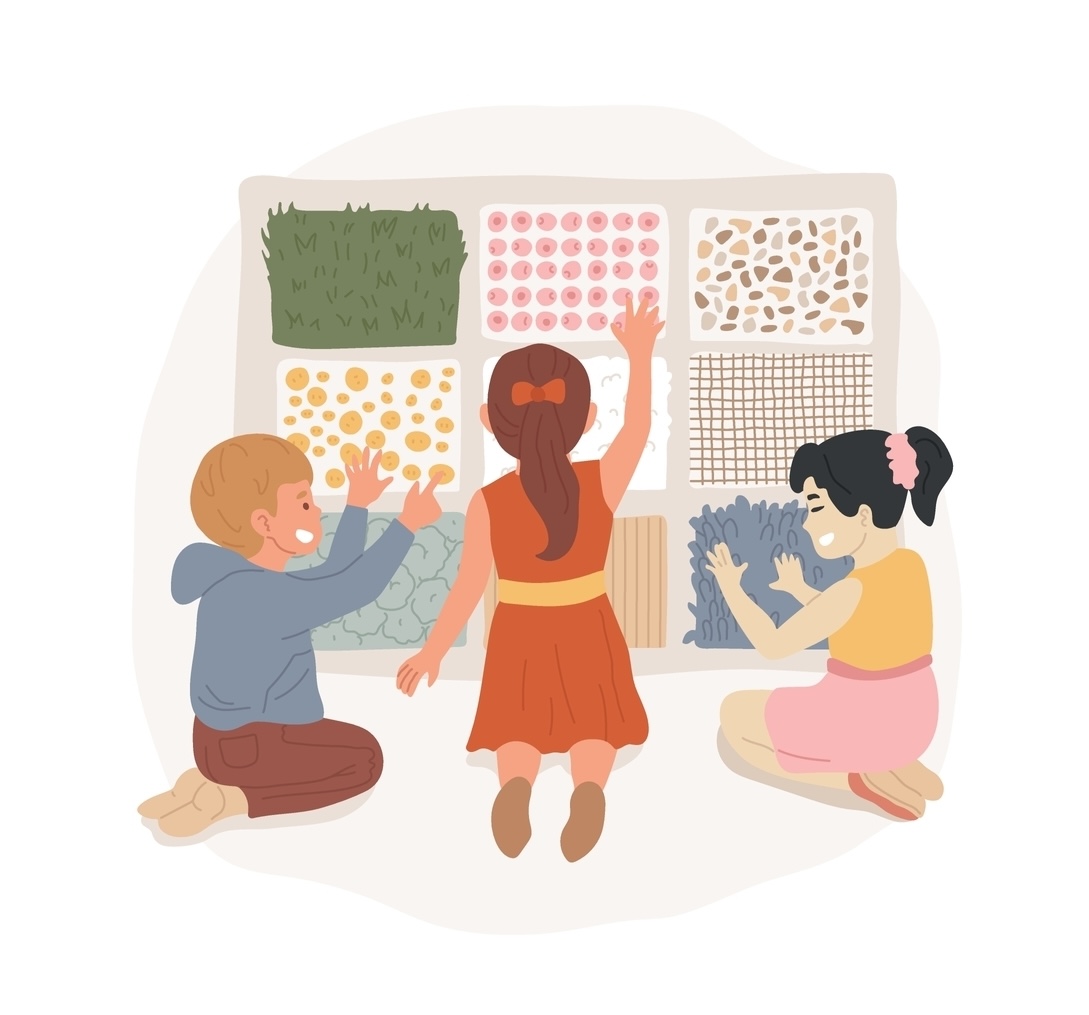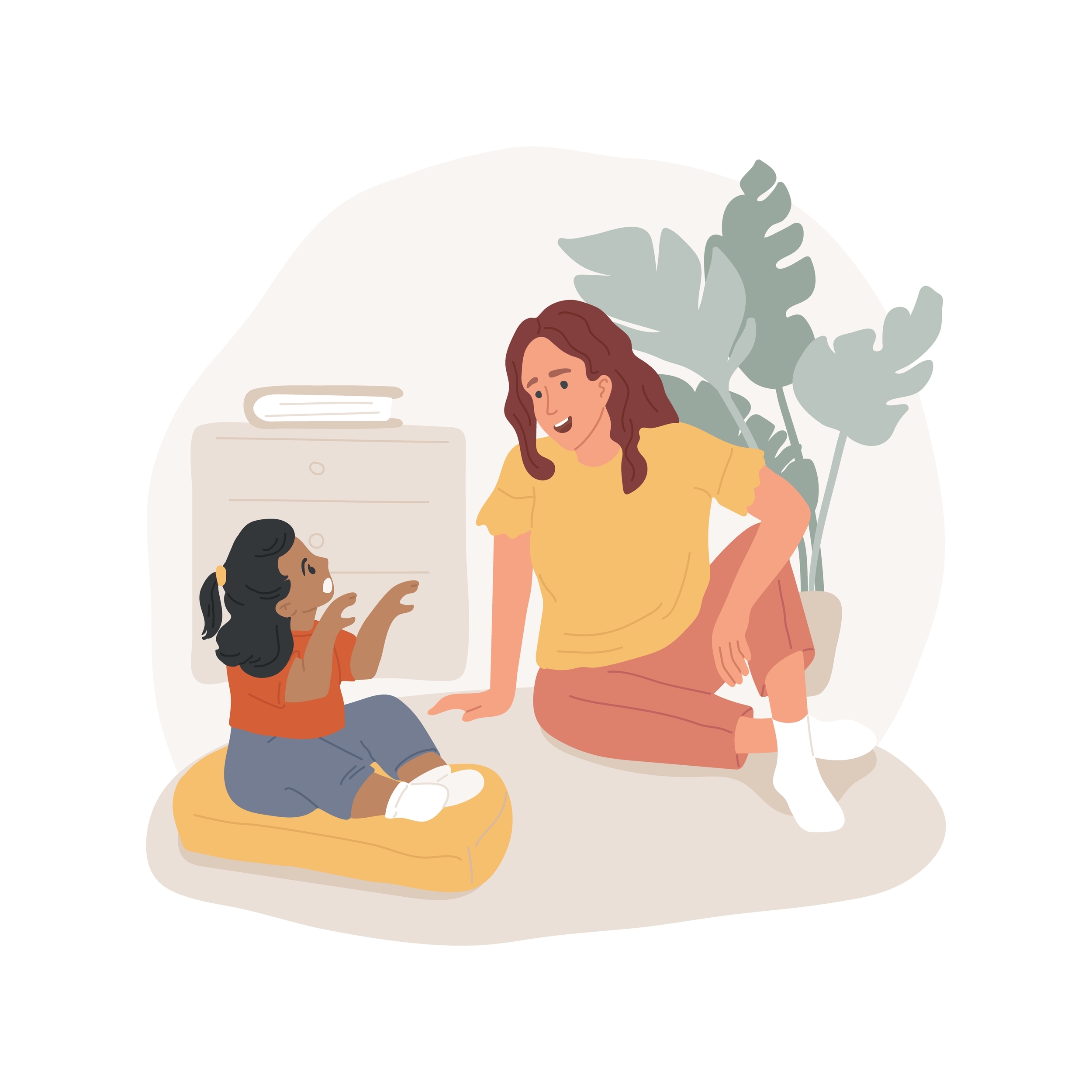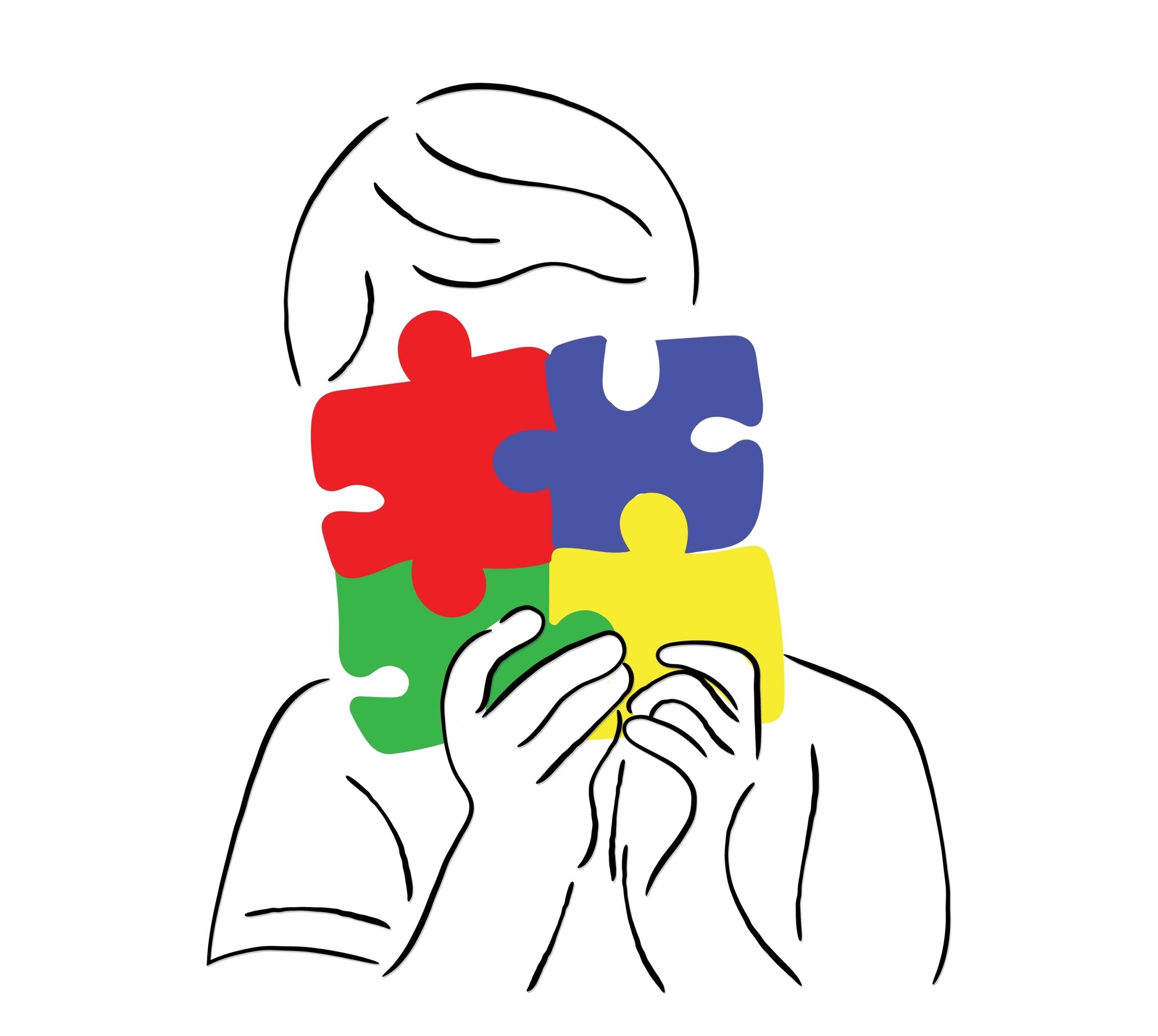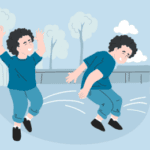
Blog
How Does Sensory Integration Therapy Work?
Author: DrSensory
August 11, 2025
How Does Sensory Integration Therapy Work?
You watch your child struggle with things that seem to come so easily to other kids. Maybe they have meltdowns over the seams in their socks, can’t stand loud noises, or are constantly crashing into furniture. You’ve heard the term “sensory issues,” and someone may have mentioned sensory integration therapy. But what does that actually mean? It can sound complex and intimidating, leaving you wondering if it’s just structured playtime or something more.
The truth is, sensory integration therapy is a powerful, evidence-based approach that can fundamentally change how your child’s brain responds to the world. It’s not about teaching them to “behave better”; it’s about rewiring their nervous system from the inside out so they can feel safer, calmer, and more confident. By understanding how this therapy works, you can see the path from daily struggles to greater success and happiness for your child.
This guide will demystify sensory integration therapy. We’ll explain what it is, explore its incredible benefits, give you a peek inside a typical therapy session, and help you determine if it’s the right step for your family.
What Is Sensory Integration Therapy?
Sensory Integration (SI) therapy is a specialized form of occupational therapy designed to help children with sensory processing challenges. Developed by occupational therapist and neuroscientist A. Jean Ayres, PhD, the therapy is based on the idea that our ability to learn, move, and regulate our emotions depends on how well our brain organizes sensory information.
For most people, this process is seamless. Our brains automatically filter sensory input, prioritizing what’s important (a car horn) and ignoring what’s not (the hum of a refrigerator). For a child with sensory processing challenges, this filter is faulty. Their brain may either overreact to sensations (hypersensitivity) or underreact (hyposensitivity), leading to behavioral and emotional challenges.
SI therapy doesn’t just treat the symptoms; it addresses the root neurological cause. The core principle is that through specific, guided sensory experiences, the brain can learn to process information more effectively. This concept is known as neuroplasticity—the brain’s ability to form and reorganize synaptic connections, especially in response to learning or experience. In essence, the therapy helps build stronger, more efficient neural pathways for processing sensory input.
Benefits of Sensory Integration Therapy
When a child’s nervous system becomes better regulated, the benefits ripple out into every area of their life. The goal of SI therapy is to help children produce more adaptive responses to sensory stimuli, which in turn enhances their ability to function at home, at school, and in social situations.
Key benefits include:
- Improved Self-Regulation: Children learn to manage their emotional and behavioral responses to sensory input. This means fewer meltdowns, less anxiety, and a greater ability to cope with challenging environments.
- Enhanced Focus and Attention: When the brain isn’t constantly overwhelmed or under-stimulated by sensory information, it can better direct its resources toward learning and paying attention in the classroom.
- Better Motor Skills: SI therapy often improves both fine and gross motor coordination. Activities that were once difficult, like writing with a pencil or climbing on playground equipment, become easier.
- Increased Social Participation: As children feel more comfortable in their own bodies and environments, they are more likely to engage with peers, join in games, and navigate the complex sensory landscape of social interaction.
- Greater Independence in Daily Activities: Self-care tasks that are often sensory minefields—like getting dressed, brushing teeth, and eating a variety of foods—become less of a battle.
What to Expect During a Therapy Session
A sensory integration therapy session looks a lot like play, but it’s highly strategic. The occupational therapist creates a “sensory-rich” environment in a specialized gym, often equipped with swings, trampolines, ball pits, and a variety of textured materials.
Here’s what you can expect:
- Child-Led, Therapist-Guided: The therapist will observe the child’s interests and follow their lead, but will gently guide them toward activities that provide the specific sensory input their nervous system needs. This collaboration ensures the child is motivated and engaged.
- The “Just-Right Challenge”: The therapist’s skill lies in creating activities that are challenging but not overwhelming. If a child is hesitant to swing, the therapist might start with a gentle rocking motion before progressing to a higher swing. This helps the brain adapt without triggering a fight-or-flight response.
- A Focus on Three Core Senses: While all seven senses are addressed, SI therapy places a special emphasis on the “hidden” senses:
- Vestibular (sense of movement): Activities like swinging and spinning help the brain understand balance, motion, and spatial orientation.
- Proprioceptive (sense of body position): Activities like jumping, crashing onto mats, and pushing heavy objects provide deep pressure input to the muscles and joints, which is highly organizing and calming for the nervous system.
- Tactile (sense of touch): Playing with different textures like sand, water beads, or finger paint helps the brain better tolerate and discriminate touch input.
- Creating Adaptive Responses: The therapist is constantly watching for the child to produce an “adaptive response”—a purposeful, goal-directed action in response to a sensory experience. For example, after swinging, a child might be able to sit still and focus on a puzzle for a few minutes. This is a sign that the brain is beginning to organize itself more effectively.
Is Sensory Integration Therapy Right for Your Child?
If your child’s daily life is significantly impacted by their reactions to sensory information, SI therapy could be a transformative intervention.
This therapy may be a good fit if your child shows signs of sensory processing challenges, such as:
- Extreme reactions to loud noises, bright lights, or certain textures.
- Constant motion, crashing, and an inability to sit still.
- Clumsiness, poor balance, or difficulty with motor tasks.
- Being an extremely picky eater, with sensitivities to food textures.
- Frequent emotional meltdowns that seem disproportionate to the situation.
- Difficulty with focus, attention, and learning in a typical classroom environment.
The first step is to seek a comprehensive evaluation from an occupational therapist (OT) with advanced training in sensory integration. The OT will use standardized tests, clinical observations, and parent questionnaires to create a detailed sensory profile of your child. This evaluation will determine if SI therapy is the appropriate course of action and will be used to develop a personalized treatment plan.

Frequently Asked Questions (FAQs)
❓How long does a child need to be in sensory integration therapy?
The duration of therapy varies for each child. Some children may see significant progress in a few months, while others with more complex needs may benefit from therapy for a year or longer. The therapist will regularly assess progress and collaborate with you on the treatment timeline.
❓Is sensory integration therapy covered by insurance?
Coverage depends on your specific insurance plan and the child’s diagnosis. It is typically billed as occupational therapy. It’s essential to contact your insurance provider to understand your benefits for occupational therapy services to address sensory-based challenges.
❓What is a ``sensory diet``?
A sensory diet is a personalized plan of sensory activities that the occupational therapist creates for your child to do at home and at school. It’s designed to provide the specific sensory input needed to keep their nervous system regulated throughout the day, helping to maintain the benefits gained in therapy.
❓Can I do sensory integration therapy at home?
While you can and should implement a sensory diet at home, true sensory integration therapy requires the clinical reasoning and expertise of a trained therapist to guide the child and adapt activities in the moment. The specialized equipment in an SI gym also provides experiences that are difficult to replicate at home.
❓How is SI therapy different from just playing on a playground?
While a playground offers sensory input, SI therapy is different because it is tailored to the child’s specific neurological needs. The therapist intentionally designs and modifies activities to provide a “just-right challenge” and facilitate adaptive responses, which is a level of clinical skill that goes beyond free play.
related blogs
Your child is constantly moving, crashing into furniture, or having meltdowns in response to seemingly minor things like a loud
Your toddler refuses to wear certain clothes, has huge meltdowns in noisy places, or is an extremely picky eater, limited
Your child seems to miss verbal instructions, struggles to follow conversations in noisy environments, and often asks "what?" even when
On the surface, autism and Ehlers-Danlos syndrome (EDS) might seem like two entirely unrelated conditions. One is a neurodevelopmental condition
The intense head pain begins, lights feel blindingly bright, and every sound seems amplified to an unbearable level. You retreat




